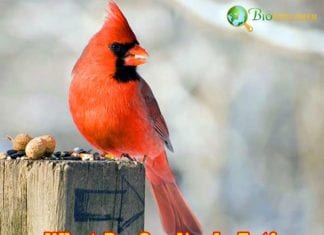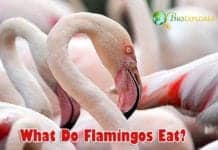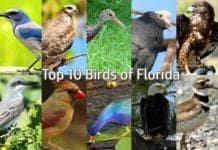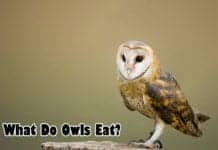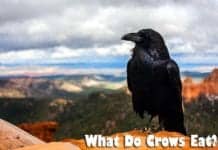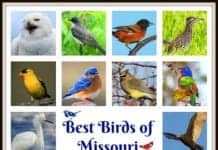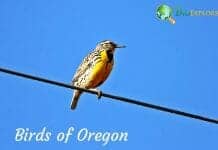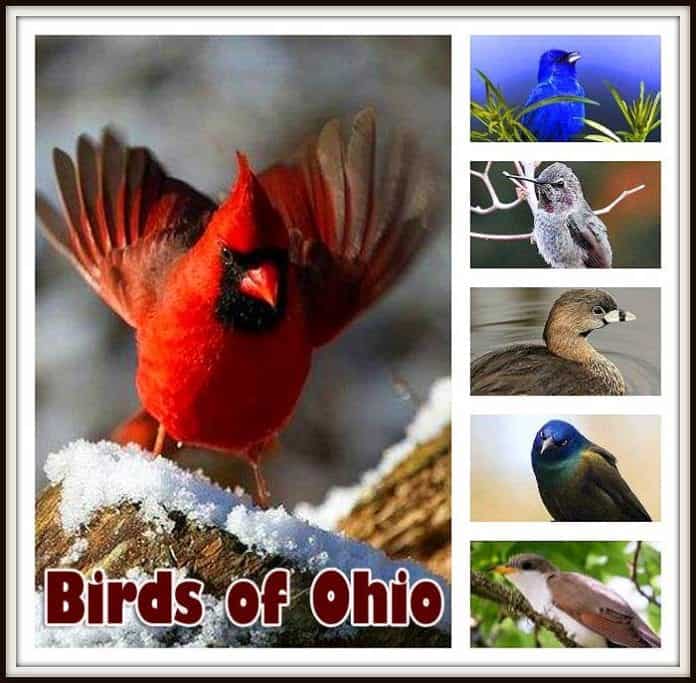
Birds of Ohio: Ohio state is unique. A very long time ago, it used to be covered by a vast glacier, and melting ice has contributed significantly to its current landscape.
Ohio has five distinct geographical regions – from Lake and Till Plains to the Appalachian Plateau and Bluegrass Region. Each area has its specifics. A great variety of birds call those different areas home.
An ardent birdwatcher can find here many exotic bird species, both striking and rare.
Here are the 15 most interesting Ohio feathered residents.
Table of Contents
- Birds of Ohio
- 1. Northern Cardinal (State Bird of Ohio)
- 2. Chestnut-sided warbler
- 3. Bobolink
- 4. Summer tanager
- 5. American woodcock
- 6. Swamp sparrow
- 7. ‘Annas hummingbird
- 8. Northern Harrier
- 9. Indigo bunting
- 10. Pied-billed Grebe
- 11. Yellow-billed cuckoo
- 12. Sora
- 13. Common Grackle
- 14. American redstart
- 15. Eastern screech owl
Birds of Ohio
1. Northern Cardinal (State Bird of Ohio)
| Animalia | Passeriformes | Cardinalidae | Cardinalis | Cardinalis cardinalis |
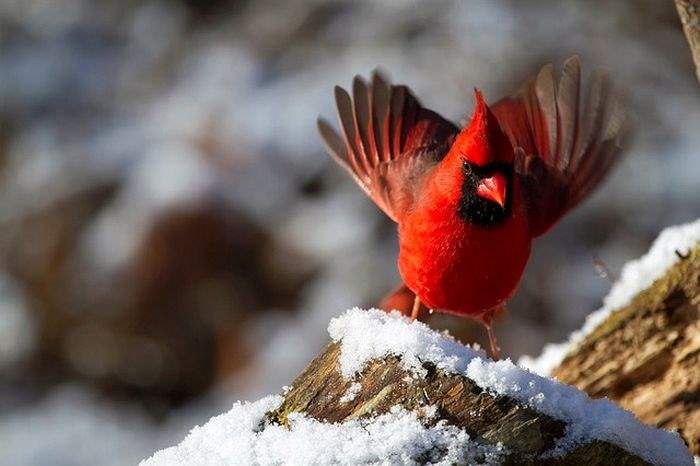 This bird is one of the most beloved birds in America, and also one of the most recognizable.
This bird is one of the most beloved birds in America, and also one of the most recognizable.
- The Northern Cardinal is about the size of a robin or slightly more prominent. This bird has a typically short and large bill, a crest on the head, and a long tail.
- Male cardinals are memorable – they are bright red with a triangular crest.
- The only spot of other colors is the black mask around the bill. The females of the species are pale brown with reddish tinges on the tail, wings, and chest.
- The bill of the female cardinals is orange with a mix of red.
- The cardinal also has a typical posture – it sits as if it is hunched over, and the tail is pointed down.
![]() Northern cardinals can be spotted all around Ohio around forested areas or evergreen trees in winter.
Northern cardinals can be spotted all around Ohio around forested areas or evergreen trees in winter.
Interesting Facts about Northern Cardinals
- The Northern cardinal is a state bird of Ohio.
- The cardinal is a songbird. Its calls are short and metallic.
- A northern cardinal prefers to nest in tangled shrubs and bushes.
- These red birds of Ohio can charge into glass windows, thinking their reflection an “enemy bird.”
- The cardinals can raise two broods a year.
Suggested Reading:
What Do Cardinals Eat?
![]()
2. Chestnut-sided warbler
| Animalia | Passeriformes | Parulidae | Setophaga | Setophaga pensylvanica |
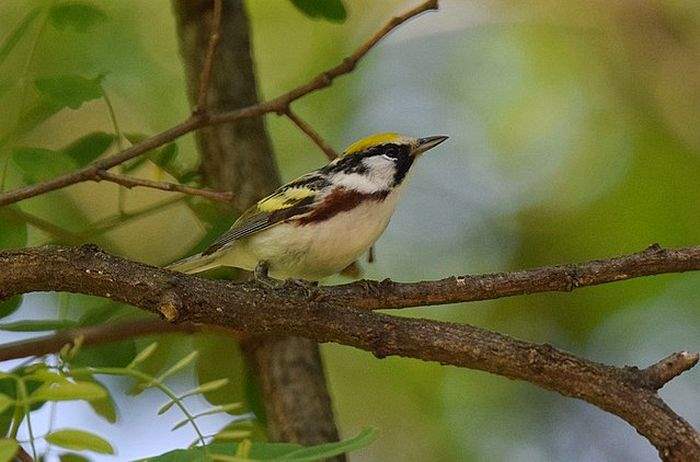
- Male chestnut-sided warblers have a yellow crown, a black mask around the bill, and white cheeks.
- The wings of this warbler are chestnut-colored with stripes, similar to in pattern to a common sparrow.
- The female birds do not have a black mask and are less brightly colored.
![]() One of the best places to find this warbler is at Ohio “warbler Mecca” – Magee Marsh.
One of the best places to find this warbler is at Ohio “warbler Mecca” – Magee Marsh.
Interesting Facts about Chestnut-sided Warblers
- These birds of Ohio often crash with glass and communication towers during migrations;
- The chestnut-sided warbler is rare because it needs young shrubs for nesting. Such shrubs usually grow after forest fires, logging, or heavy storms.
- The male warbler has two types of songs: one is sung during the breeding season, and another is closer to nesting.
- These birds mainly eat insects that reside on the underside of leaves.
- Several warblers make a “bouquet” or a “confusion” of warblers.
![]()
3. Bobolink
| Animalia | Passeriformes | Icteridae | Dolichonyx | Dolichonyx oryzivorus |
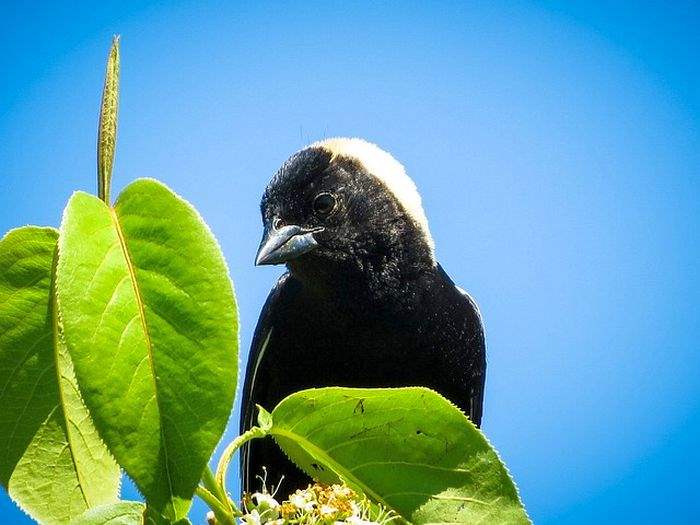 Bobolink is a very striking grassland Ohio bird.
Bobolink is a very striking grassland Ohio bird.
- The coloring of the male bobolinks is quite memorable: the overall body is black, with a white hood and rump.
- The females are yellow-brown with stripes. The underparts of the female bobolink are buff-colored.
- This bird is migratory, spending the breeding season in Ohio and other northern United States and southern Canada.
- Bobolinks migrate to Central and South America for the winter.
![]() Bobolinks are considered to be a species of concern in Ohio. One of this bird’s most significant nesting areas is in South Russell Park, Geauga County, Ohio.
Bobolinks are considered to be a species of concern in Ohio. One of this bird’s most significant nesting areas is in South Russell Park, Geauga County, Ohio.
Interesting Facts about Bobolinks
- Bobolinks are sometimes referred to as “skunk birds“.
- The male bobolinks molt before the winter migration, acquiring brown and yellow coloring similar to females.
- These migratory birds of Ohio are primarily insectivorous yet can be seen feeding on rice fields.
- Bobolinks form “harems“: each male may have up to 4 females nesting on their territory..
- The name “bobolink” reflects its bubbling-like songs.
![]()
4. Summer tanager
| Animalia | Passeriformes | Cardinalidae | Piranga | Piranga rubra |
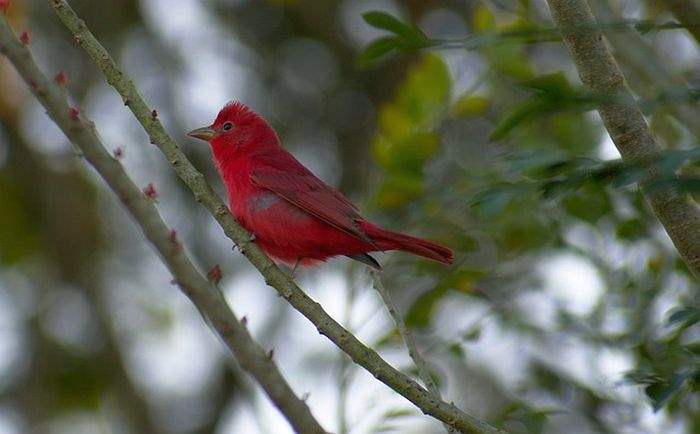 This bird of Ohio is the most widespread tanager in the U.S. A summer tanager is brightly colored and small in size.
This bird of Ohio is the most widespread tanager in the U.S. A summer tanager is brightly colored and small in size.
- The bill of this bird is short and blunt. The male tanagers have strawberry red plumage.
- There may be black tips on the primary wing feathers and a touch of gray on the wingtips and tail tips.
- The females of this species are colored differently: yellow with a pinkish bill.
- Immature males have a yellow and red coloring mix. Both sexes have a slightly raised crest on the head.
![]() Tanagers prefer to stay at the edge of open mixed forests. In Ohio, one of the sites where this bird was spotted in the Oak Openings Metropark, Toledo Area.
Tanagers prefer to stay at the edge of open mixed forests. In Ohio, one of the sites where this bird was spotted in the Oak Openings Metropark, Toledo Area.
Summer tanagers were seen in this region for several summers in a row.
Interesting Facts about Summer Tanagers
- Summer tanagers can sit still on branches for long periods.
- There are two subspecies: the eastern subspecies that are smaller and the western subspecies that are bigger, with a paler coloring.
- A summer tanager is a songbird with various songs used in flight and communication.
- Summer tanagers are solitary and only form pairs during breeding.
- Summer tanagers can eat stinging insects, such as bees and wasps.
![]()
5. American woodcock
| Animalia | Charadriiformes | Scolopacidae | Scolopax | Scolopax minor |
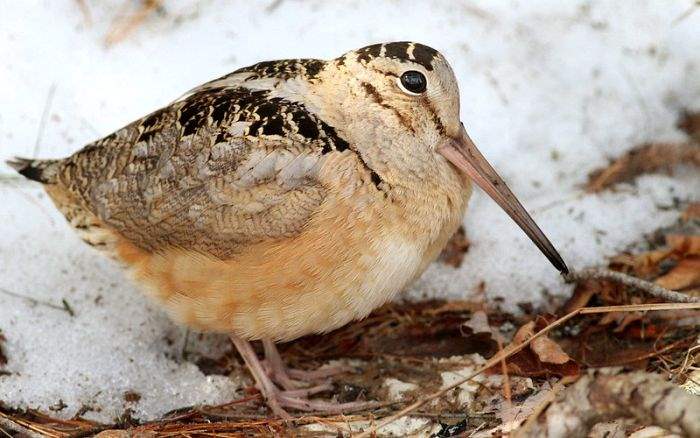
- This small woodcock has a short neck and legs. The wings of the American woodcock are broad and rounded.
- American woodcocks have an outstanding long, thin bill. The coloring of the upper parts of this bird is mottled brown and russet.
- The underparts are cinnamon-colored. There is also a grey color around the throat.
![]() Delaware Bay is one of the best locations to meet this unique shorebird.
Delaware Bay is one of the best locations to meet this unique shorebird.
Interesting Facts about American Woodcocks
- The American woodcock has a lot of folk names, such as timberdoodle or night partridge.
- American woodcocks tend to rock back and forth when walking;
- American woodcocks have a specific display for attracting female birds that they perform on summer nights.
- The cerebellum of the American woodcock is located under the rest of the brain, while in other birds, it is located at the rear of the skull;
- The main dish on the American woodcock’s menu is the earthworm.
![]()
6. Swamp sparrow
| Animalia | Passeriformes | Emberizidae | Melospiza | Melospiza georgiana |
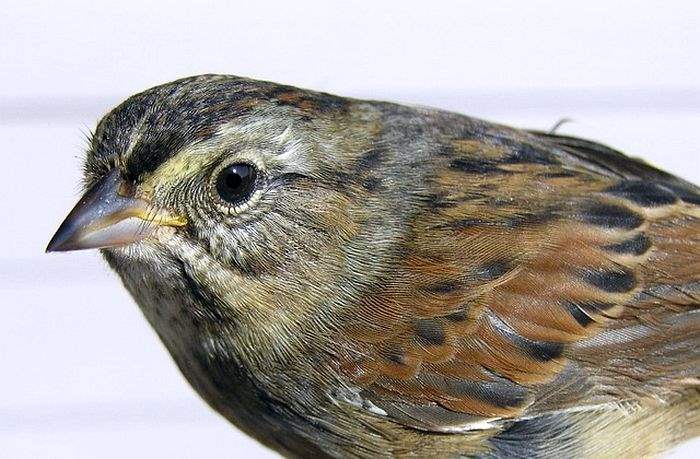 This bird of Ohio is a species of sparrow that prefers to live in wetlands.
This bird of Ohio is a species of sparrow that prefers to live in wetlands.
- A swamp sparrow is medium-sized and has a rounded tail.
- The face of the swamp sparrow is grey, and there is a rusty brown cap on the head.
- There is a black stripe near the eye. The back and wings of the swamp sparrow are reddish-brown with black stripes.
- The chest of the swamp sparrow is brown-washed with grey. The bill of the swamp sparrow is conical yellow at the base.
- These sparrows have unusually long legs, which is uncommon among sparrows.
![]() If you want to see a swamp sparrow for yourself, some of the right spots to do so are Pickerington Ponds and Lake Erie Bluffs.
If you want to see a swamp sparrow for yourself, some of the right spots to do so are Pickerington Ponds and Lake Erie Bluffs.
Interesting Facts about Swamp Sparrows
- Swamp sparrows search for food near the water’s edge.
- Swamp sparrows are migratory and can be seen in parks and weedy fields during their travels.
- Swamp sparrows can catch small invertebrates underwater.
- When disturbed, a swamp sparrow would run like a mouse instead of flying away.
- Their nests are often built near water and can be destroyed during flooding.
![]()
7. ‘Annas hummingbird
| Animalia | Apodiformes | Trochilidae | Calypte | Calypte anna |
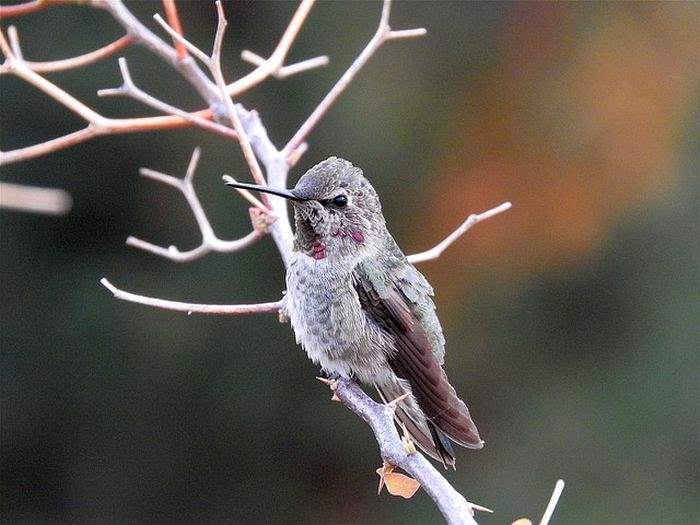 This Ohio hummingbird is not seen as frequently in some regions of the United States compared to the rufous hummingbird and ruby-chested hummingbird.
This Ohio hummingbird is not seen as frequently in some regions of the United States compared to the rufous hummingbird and ruby-chested hummingbird.
- It is stockier than most hummingbirds and has a long, straight black bill.
- Adult males of the species have a rose-colored throat and crown; the lower body is iridescent grey and may look green depending on lighting.
- Females are also green, but their feathers have different shades: the upper parts have metallic green plumage, while the lower is grayish-green.
- Females also may have longer billed than males.
- The tail of this hummingbird is broad, which is also unusual in this group of birds.
![]() Anna’s hummingbirds can often be spotted around feeders across the country. In Ohio, they are reported to be seen around Miami County.
Anna’s hummingbirds can often be spotted around feeders across the country. In Ohio, they are reported to be seen around Miami County.
Interesting Facts about Anna’s Hummingbirds
- Anna’s hummingbirds often feed at parks and yards.
- For the last two decades, Anna’s hummingbirds tend to winter in the United States instead of going to Mexico and Central America.
- Anna’s hummingbird is one of the only two native species that can feed on blue eucalyptus flowers.
- These hummingbirds are highly territorial and actively defend their food sources (hummingbird feeders, for example).
- Anna’s hummingbirds depend on feeders with sucrose in winter, so it is good to hang multiple feeders in the areas where they are spotted.
![]()
8. Northern Harrier
| Animalia | accipitriformes | Accipitridae | Circus | Circus cyaneus |
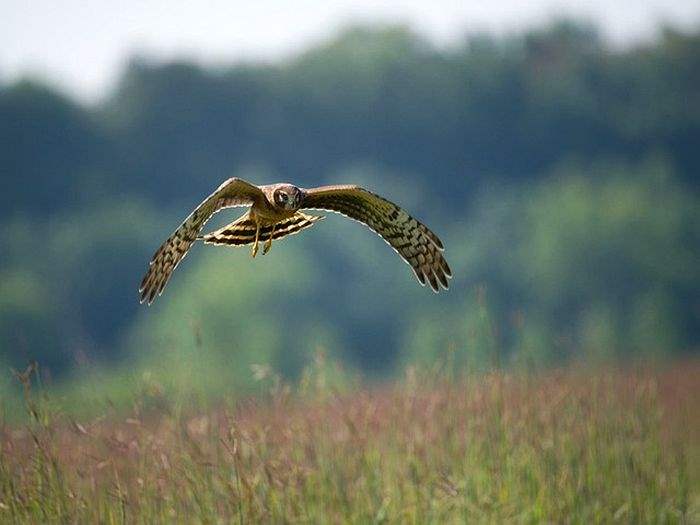 This next bird is a medium-sized raptor from Ohio with a slender build and broad wings.
This next bird is a medium-sized raptor from Ohio with a slender build and broad wings.
- Both wings and tail of the northern harrier are long. The tail of the northern harrier has a characteristic white patch on its rump.
- Male and female birds have different coloring. Adult males are grey with stripes and black tips on the wings.
- The immature male birds and females are brown above and pale cream below.
- During the flight, it makes a “V shape” with its wings. The face of the northern harrier may resemble that of an owl at a certain angle.
Interesting Facts about Northern Harriers
- This bid is the only species of harriers in North America.
- This raptor is slowly disappearing from its previous nesting areas.
- The male northern harriers help the female birds feed the young.
- Northern harriers often nest in colonies; one male may have two or more females.
- Northern harriers make their nests on the ground, often in marshland.
![]()
9. Indigo bunting
| Animalia | Passeriformes | Cardinalidae | Passerina | Passerina cyanea |
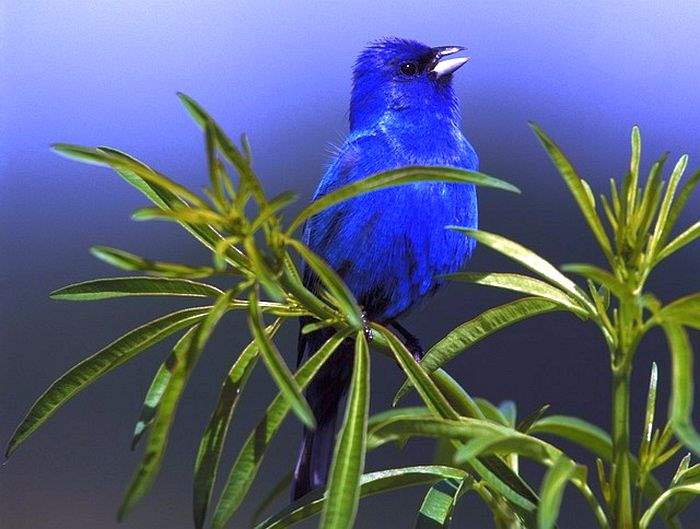 An indigo bunting is a small and memorable songbird of Ohio.
An indigo bunting is a small and memorable songbird of Ohio.
- This bird of Ohio is stocky, with a short, conical bill and small head crest. Dependent on lighting, the feathers of male indigo buntings look entirely blue.
- The females and immature males are shades of brown – darker on the back and wings and light brown with specks on the chest.
- Some immature males may have blue patches among brown feathers. Indigo buntings have lively songs with high-pitched notes.
![]() If you want to search for a glimpse of this beautiful bird, please note that there were confirmed sightings of the indigo buntings at Cuyahoga Valley National Park.
If you want to search for a glimpse of this beautiful bird, please note that there were confirmed sightings of the indigo buntings at Cuyahoga Valley National Park.
Interesting Facts about Indigo Buntings
- The feathers of the male indigo bunting are iridescent: in bright sunlight, they look blue, while in different lighting, the birds would look completely black.
- Indigo bunting males like to sing while perching on branches or telephone lines and swish their tails.
- Indigo buntings are solitary birds that only form flocks during migrations.
- Indigo buntings can be found where woods meet open areas or at the roadside.
- Indigo buntings were used in an experiment showing that the birds use multiple stars to orient themselves during migrations from Central America to North America.
![]()
10. Pied-billed Grebe
| Animalia | Podicipediformes | Podicipedidae | Podilymbus | Podilymbus podiceps |
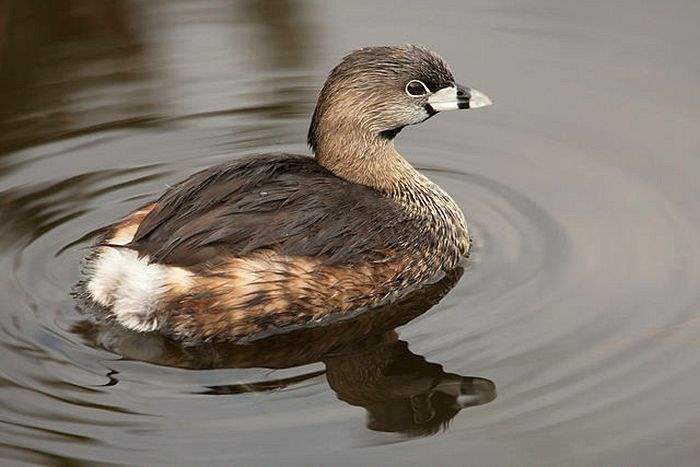
- The bill is short and thick. During the breeding season, the bill of this species gets a distinct black stripe.
- The head of the pied-billed grebe is broad and roundish. These grebes have almost no tail.
- Juvenile piled-billed grebes can be recognized by striped faces. These birds have a brown coloring that may get darker during the breeding season.
- The pied-billed grebe has lobed feet, unlike ducks that have webbed feet.
![]() Pied-billed grebes mainly breed and feed in wetlands, including marshlands around the Lake Erie area.
Pied-billed grebes mainly breed and feed in wetlands, including marshlands around the Lake Erie area.
Interesting Facts about Pied-billed Grebes
- The stripe on the bill appears only during the breeding season. At other times, it is absent. The breeding birds also acquire a black-colored throat temporarily.
- These Ohio waterbirds can be loud and make different noises during breeding season: toots, barks, and grunts.
- The pied-billed grebes can submerge fully underwater and even swim underwater to escape danger.
- The pied-billed grebes can change their buoyancy with the help of head movements.
- Half of the stomach contents of this grebe consists of its feathers – they protect the intestine from sharp and uneatable objects.
![]()
11. Yellow-billed cuckoo
| Animalia | Cuculiformes | Cuculidae | Coccyzus | Coccyzus americanus |
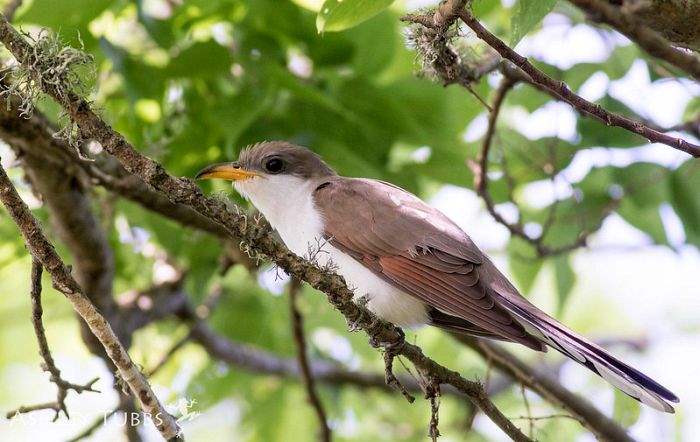
- These large birds of Ohio have long, slim bodies. The bill of this cuckoo is almost as long as the head, with a slight down curve.
- The lower part of the bill is yellow. The head is flat. Overall, the coloring is brown, with rusty patches on the wings.
- The chest is grayish or white. The underside of the long tail has multiple white patches.
- The yellow-billed cuckoo has a blackish mask around the bill and yellow eyering.
![]() According to recent surveys, yellow-billed cuckoos can be predominantly spotted in the Till Plain, Unglaciated Plateau, and Illinoian Till Plain regions in Ohio.
According to recent surveys, yellow-billed cuckoos can be predominantly spotted in the Till Plain, Unglaciated Plateau, and Illinoian Till Plain regions in Ohio.
Interesting Facts about Yellow-billed Cuckoos
- The yellow-billed cuckoo likes to hunt for large, hairy caterpillars.
- The populations of this species are in decline, especially in the Western United States, and are limited to cottonwood forests.
- The yellow-billed cuckoos are known to migrate over the Gulf of Mexico.
- The yellow-billed cuckoos are essential in fighting outbreaks of tent caterpillars.
- This cuckoo species can raise their own young but can also put their eggs into the nests of 11 other bird species.
![]()
12. Sora
| Animalia | Gruiformes | Rallidae | Porzana | Porzana carolina |
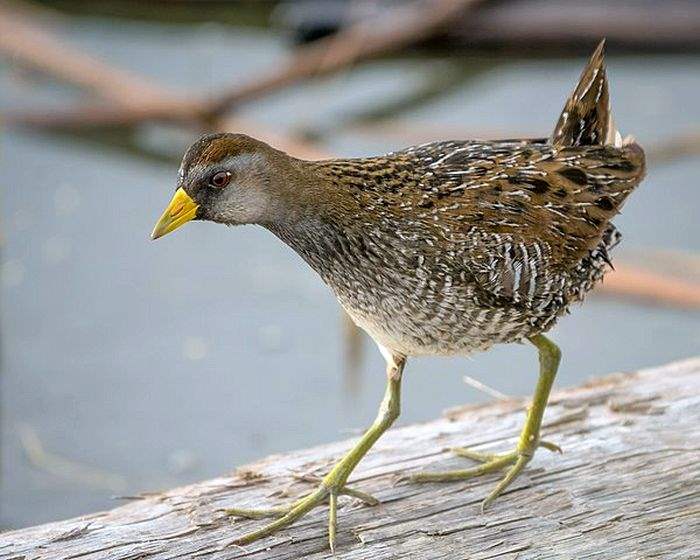
- This Ohio bird is rarely seen and mainly lives in freshwater marshes.
- It has a plump body and a short, bright yellow bill.
- The upper parts are mottled brown.
- The face and chest are greys.
- There is a black mask around the bill. The tail of the sora is very short.
![]() Sora birds can be spotted around Lake St. Clair, including St. Clair Flats.
Sora birds can be spotted around Lake St. Clair, including St. Clair Flats.
Interesting Facts about Sora Birds
- The nests of the sora are made of marsh vegetation and look like cups.
- The sora birds can eat both plant and animal food.
- The sora has a loud call that can often be heard at dawn.
- Despite looking like weak fliers, the soras can make long-distance migrations.
- The sora rail may be seen around rice fields and feed heavily on wild rice in anticipation of the migration period.
![]()
13. Common Grackle
| Animalia | Passeriformes | Icteridae | Quiscalus | Quiscalus quiscula |
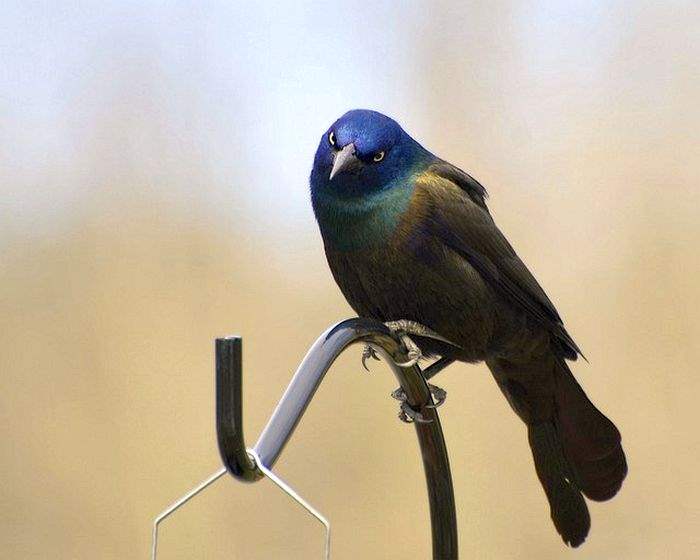 The common grackle is the largest blackbird in Ohio.
The common grackle is the largest blackbird in Ohio.
- It is larger than a common blackbird and has glossy iridescent feathers with a metallic sheen.
- The head of the common grackle is purple, and the body is bronze.
- The grackle has a stout, broad bill and a spoon-shaped tail.
- The females have paler coloring and also possess yellowish eyes.
![]() Common Grackles tend to nest near humans and were noted to be shared in several counties, including Hocking, Athens, and Washington Counties.
Common Grackles tend to nest near humans and were noted to be shared in several counties, including Hocking, Athens, and Washington Counties.
Interesting Facts about Common Grackles
- The common grackle often forms flocks with cows and blackbirds.
- This bird is widespread, and the only area it is not found in the dense forest.
- There were cases of full and partial albinism recorded among these birds.
- The grackles attack any intruders together with their neighbors and can be quite vicious while defending a nest.
- Parts of the grackle’s bills are hard and used primarily to crack acorns.
![]()
14. American redstart
| Animalia | Passeriformes | Parulidae | Setophaga |
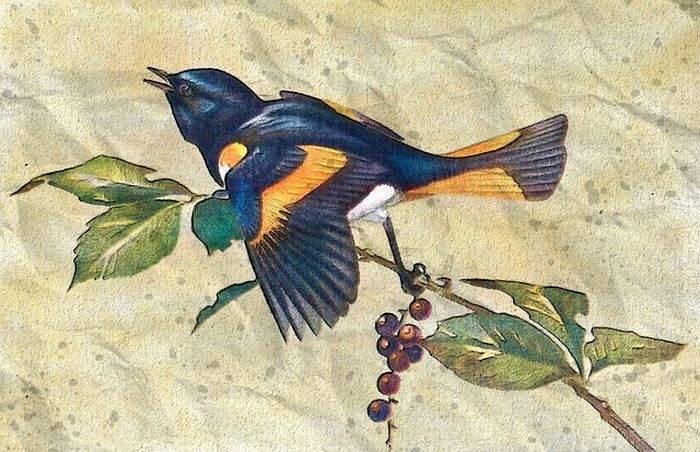 The next Ohio birds on our list is an American redstart. It is a warbler of medium size with a flat, broad bill.
The next Ohio birds on our list is an American redstart. It is a warbler of medium size with a flat, broad bill.
- It has a roundish body with a long tail.
- Males are mostly black with bright patches of orange color on the wings, tail, and sides.
- The females have an olive back and yellow patches in the same areas as males.
- The head of the female American redstart is grey, and the chest is whitish.
![]() American redstarts can be seen in Headland Beach State Park during the migration season.
American redstarts can be seen in Headland Beach State Park during the migration season.
Interesting Facts about American Redstarts
- American redstarts are very active birds and seem to be always moving and catching insects;
- American redstarts have a song consisting of high notes.
- During courtship, the male proposes the potential female sites for nests, and the female chooses the male that selects the best area.
- American redstarts use their wings and tails to flush insects living in the trees.
- Parasitic cowbirds and raptors such as hawks threaten these birds considerably.
![]()
15. Eastern screech owl
| Animalia | Strigiformes | Strigidae | Megascops | Megascops asio |
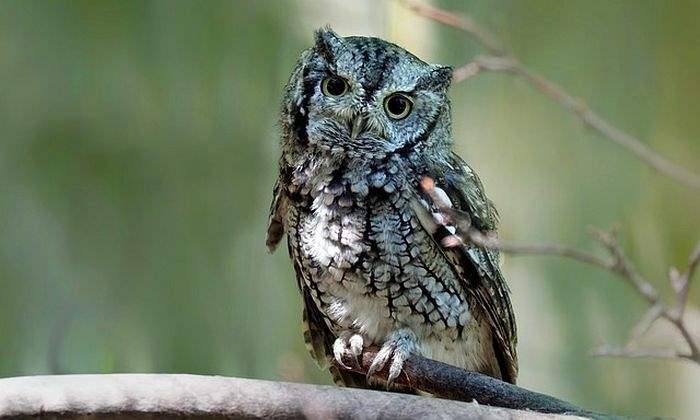 This owl species is stocky and small made into our top birds of Ohio list.
This owl species is stocky and small made into our top birds of Ohio list.
- It has a large head with an almost invisible neck.
- The coloring is varied and can be gray or rusty/reddish brown.
- These birds have a typical camouflage pattern. The eastern screech owls have yellow eyes.
- There are short, prominent ear tufts. These owls have grey-green bills.
![]() Eastern screech-owls can be found in the Big Darby Headwaters Nature Preserve, Central Ohio.
Eastern screech-owls can be found in the Big Darby Headwaters Nature Preserve, Central Ohio.
Interesting Facts about Eastern Screech owls
- In case of a threat, the eastern screech owl stretches its body and tightens its feathers to look like a branch.
- These species have two morphs: grey-phase and red-phase birds.
- These owls have a distinct whistling call and often respond to imitations.
- Eastern screech owls can use nest boxes for ducks if they cannot find a suitable tree cavity.
- The younger screech owls can be killed by larger owl species.
![]()
Many Ohio birds are shy and rarely seen – but that does not mean they are not crucial for the ecosystems they call home.
Habitat destruction, hunting cats, and overall human activity greatly impact their lives and the lives of all the living beings connected to them.
Hanging hummingbird feeders, building nest boxes, and keeping your cats home can greatly help many migrating and small species.
![]()


